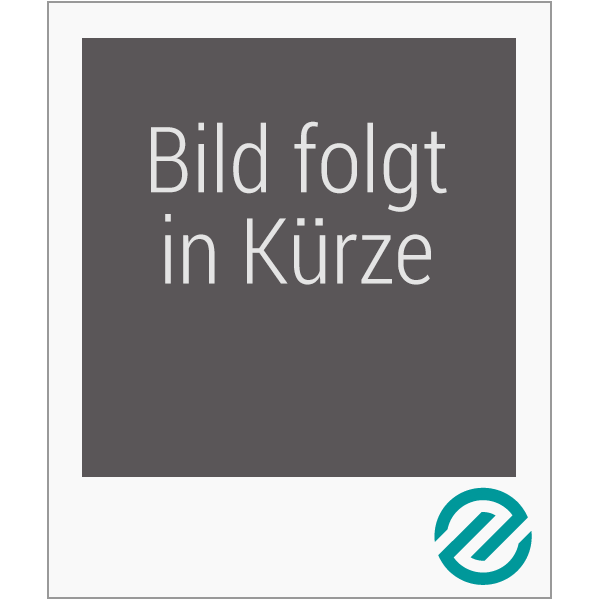The present volume of the series Sulfur-Nitrogen Compounds describes sulfur(II)-nitrogen and sulfur(II)-nitrogen-element ring systems. The compounds are arranged according to ring size: The three-atom ring S(NR)2 and the five-atom ring S3(NR)2-3,5, where R = C2F5, CF2Cl, are prepared by photolyzing mixtures of RN=NR and S2Cl2. The six-atom rings S2(NR)4-2,3,5,6, S4(NR)2-3,6,S4(NR)2-5,6, and S4(NR)2-4,6, where R = organyl, can be synthesized from SxCl2(x = 1 to 3) and amines, hydrazines, or diimines. The eight-atom rings S7NH, S6(NH)2, and S5(NH)3 are obtained by reacting S2Cl2 and NH3 in DMF. The well-known ring S4(NH)4-2,4,6,8 was first prepared in 1908 by reduction of S4N4 with SnCl2.2 H2O. Numerous organic and inorganic derivatives of these eight-atom S-N rings including the anion S7N-, adducts, polymers, and metal complexes are also dealt with. A large portion of the volume is devoted to sulfur(II)-nitrogen-element ring systems. The S-N-C rings possess biological activity.

